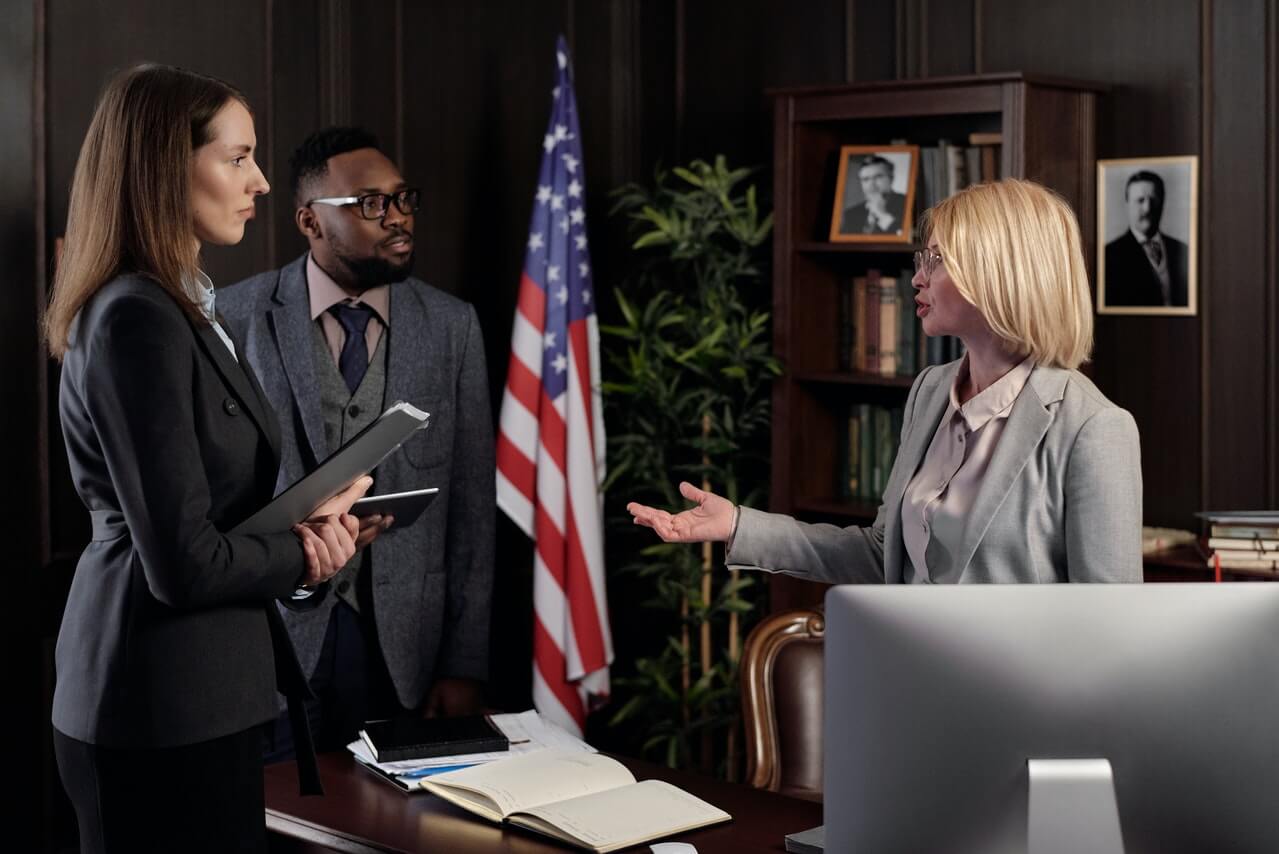Imagine that you have just returned from attending a concert or play. When asked if your enjoyed the event, you reply “It was good.” What do you really mean by this statement? Do you want it understood that the musicians, actors, and support staff were talented or that the basic sheet music or script was entertaining? Or is it that the musicians or actors worked together with the proper leadership from the conductor or the director to produce something that you thought was valuable (and that is why you were willing to spend your hard-earned money on expensive tickets)?
Performance is about factors such as culture, mission, work-flow, goals, environment, knowledge, and skills all working together to produce something that is valuable to the consumer. So performance, regardless of the organization that produces the performance (be it a baseball team, software company, girl scout troop, or law firm), is about outputs or results. There are 3 levels of performance
1. Organization
2. Process
3. Individual
When the sheet music or the script has potential, but the musicians or actors just are not talented, the performance fails. Perhaps the musicians or actors are talented individuals, but they just are not working well together. The performance just was not “good.” Performance, therefore, needs to occur on many levels. Performance needs to occur on three levels:
- The performer
- The process
- The organization
Optimal performance is obtained when all three levels work in harmony. The three levels of performance above presents a visual rendition of this process. A breakdown at any one of the levels will prevent optimal performance, thereby requiring some type of planned action to improve performance.
The organizational level establishes the necessary circumstances for the other levels of performance. When performance is not optimal, examine first the organization’s culture, policies, mission, goals, and operating strategies. These factors delineate the boundaries by which we define processes and jobs.
The process level is where the actual work gets accomplished. When performance is not optimal, examine factors such as workflow, job design, required inputs and outputs, and the performance management procedures to see if these processes actually work and support the organizational goals.
The individual performers within the organization affect the processes. When performance is not optimal, determine if the individual performance goals, knowledge and skill, work environment, availability or support tools, coaching, and feedback support the processes.
Seldom is it true that only one set of factors (organization, process, or performance) are adversely affecting performance. When trying to identify why the performance problem exists, it is critical, therefore, to examine factors at all three levels of performance.
As always happy training and comments, concerns and guests are always welcome.
Leigh
—————————————————
For more resources about training, see the Training library.
– Looking for an expert in training and development or human performance technology?
– Contact me: Leigh Dudley – Linkedin – 248-349-2881
– Read my blog: Training and Development




